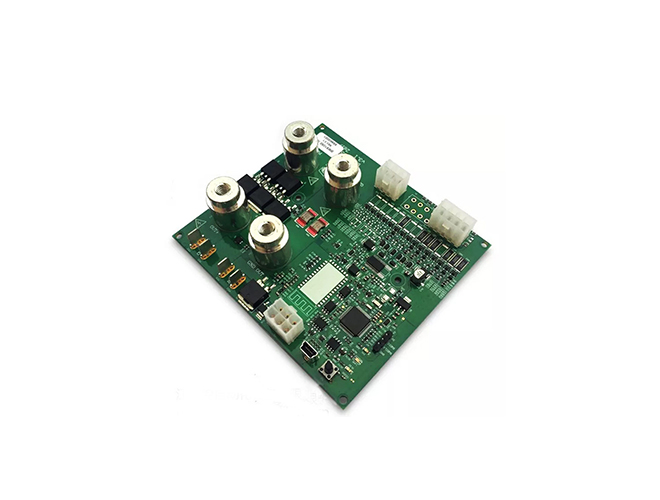-
CN
-
Service Hotline
+8618129931046 Mr. Liao


Time:2025-06-07 Views:1

The equal - length wiring principle in PCB design is a fundamental concept aimed at ensuring the integrity of high - speed digital signals and maintaining signal synchronization in multi - trace systems. In modern electronic devices, where data transfer rates are constantly increasing, signal delay differences between different traces can lead to serious issues such as signal skew, crosstalk, and data errors. The equal - length wiring principle helps mitigate these problems by ensuring that all related signal traces have approximately the same electrical length.
Electrical length is not just the physical length of the trace but also takes into account factors such as the propagation velocity of the signal within the PCB material. Different PCB materials have different dielectric constants, which affect the speed at which the signal travels. To achieve equal electrical length, designers need to carefully calculate and adjust the physical length of the traces. This often involves routing the traces in meandering patterns, especially when there are significant differences in the direct path lengths between components.
For example, in a memory interface on a PCB, multiple data lines need to transmit data simultaneously. If the lengths of these data lines are not equal, the data signals will arrive at the receiving end at different times, causing data misalignment and potential errors. By applying the equal - length wiring principle, designers can route the data lines in a way that their electrical lengths are matched, ensuring that all data signals arrive at the destination in sync.
In high - speed serial communication interfaces, such as USB 3.0, PCIe, or Ethernet, equal - length wiring is even more critical. These interfaces rely on precise signal timing to transmit and receive data accurately. Any significant length differences between the differential pairs used in these interfaces can cause signal distortion and degradation of the overall communication performance. To comply with the equal - length wiring principle, designers use advanced PCB design tools that can automatically calculate and optimize the trace lengths, as well as provide real - time feedback during the routing process. Adhering to the equal - length wiring principle is essential for creating reliable and high - performance PCB designs in today's high - speed digital electronics.